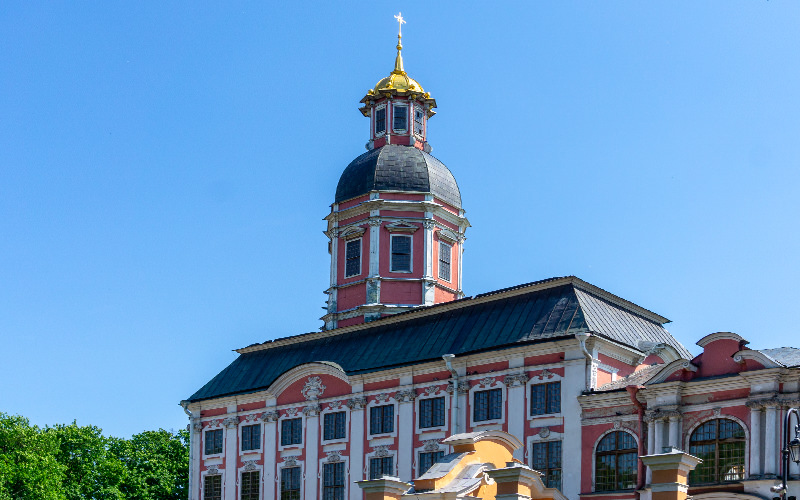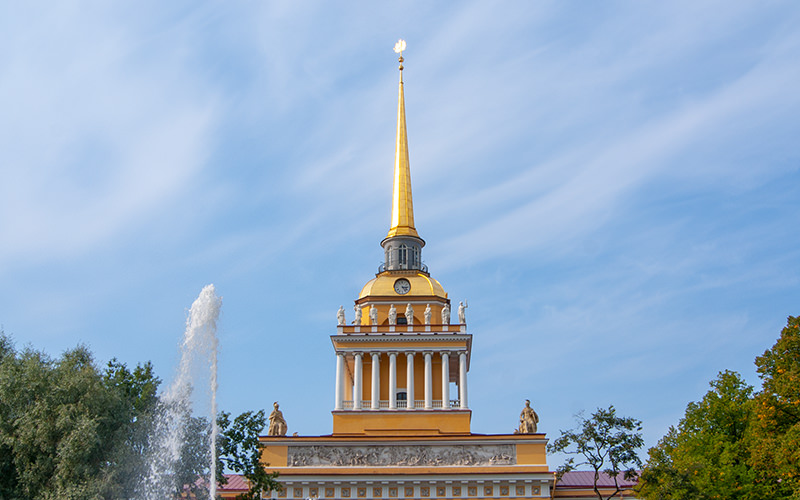The Kunstkamera (from the German "Kunstkammer" — room of art) is the first public museum in Russia. Many people mistakenly think it only displays human embryos with genetic abnormalities, but that’s not the case. Today, the Kunstkamera is officially called the "Peter the Great Museum of Anthropology and Ethnography of the Russian Academy of Sciences," and the exhibition of "freaks" occupies just one hall, titled "The First Natural Science Collections." Most of the exhibits are dedicated to the culture and daily life of peoples from various countries and continents.
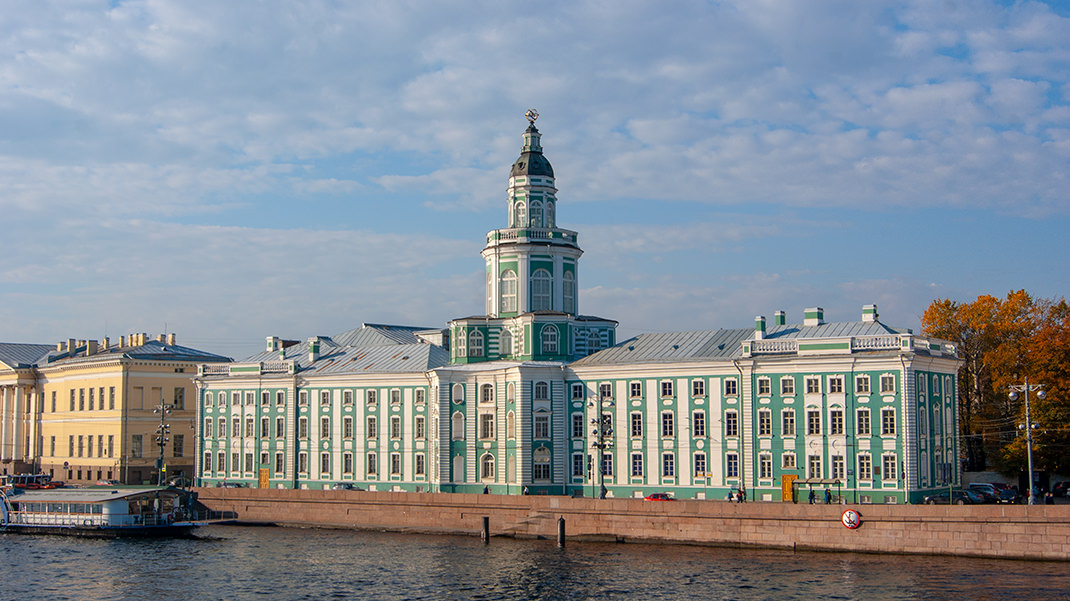
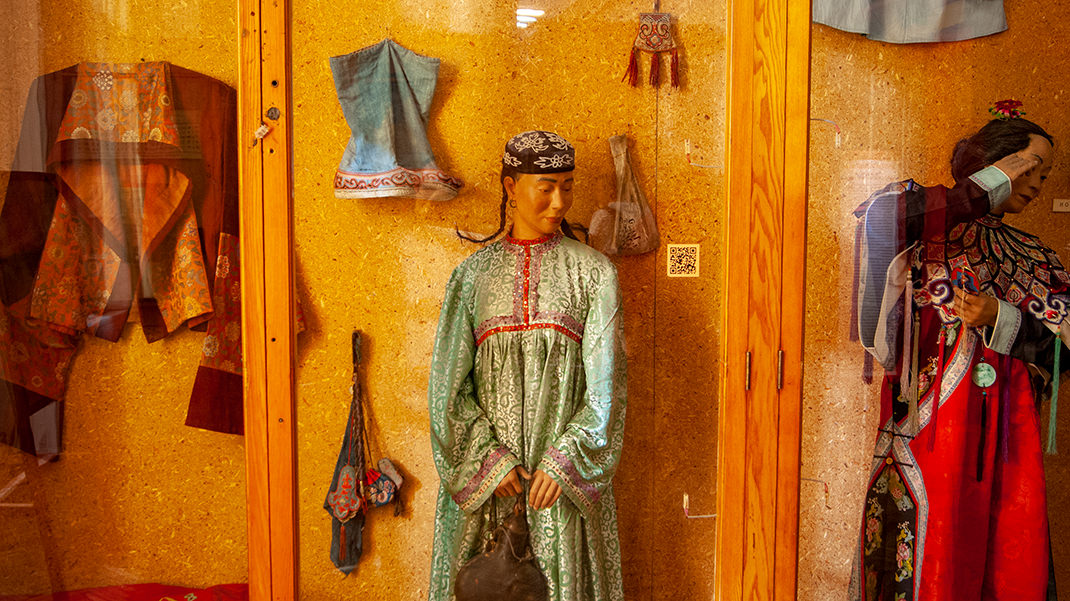
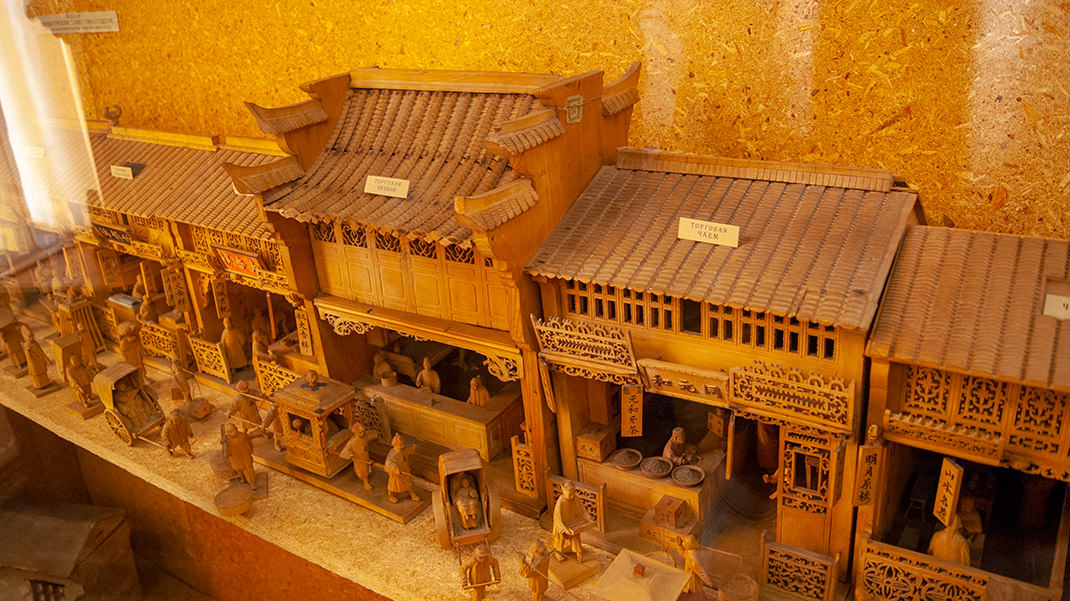
How to Get There
The nearest metro station to the Kunstkamera is "Admiralteyskaya." After exiting the metro, head to Nevsky Prospect and turn left toward its beginning. Cross the road and pass by the Admiralty on the right side. Then, cross the Palace Bridge to reach the Zoological Museum; the Kunstkamera is located to the left of it.
The price for an adult ticket in October 2018 was 300 rubles. From September to April, every third Thursday of the month is a free admission day, with open access for all individual visitors.
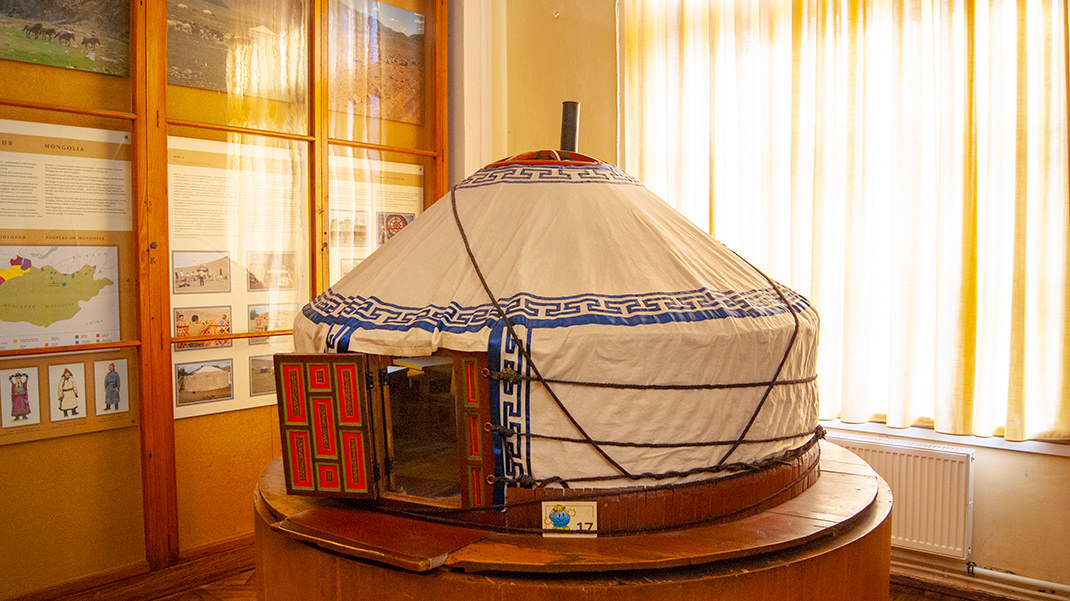


History of the Kunstkamera
The Kunstkamera was founded in 1714. In the 16th–17th centuries, so-called “cabinets of curiosities” were common at royal courts. Peter the Great saw such collections in England and the Netherlands and purchased a collection from Dutch pharmacist Albertus Seba between 1715 and 1717. Today, the museum's collection contains over 1.2 million items.
Initially, the collection was housed in the now-lost palace near the Summer Garden along the Fontanka River, a building also famous for hosting the Amber Room.

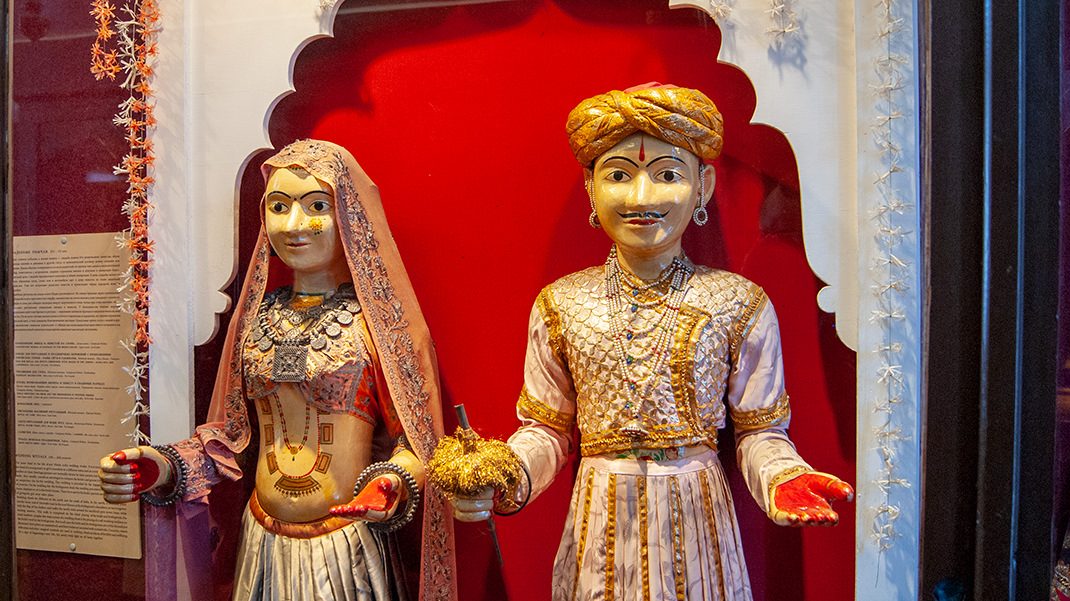
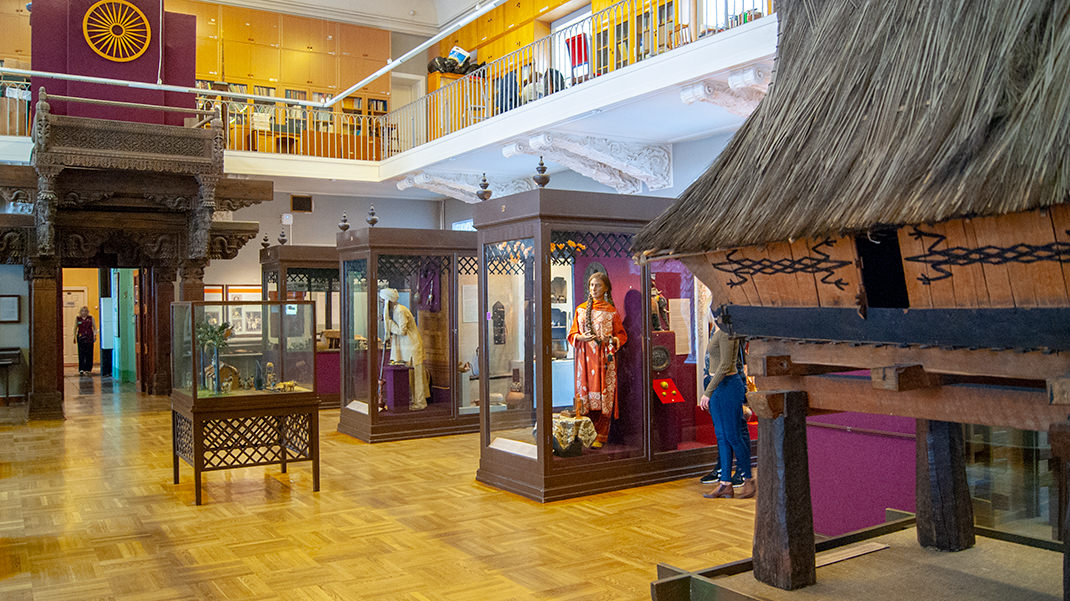
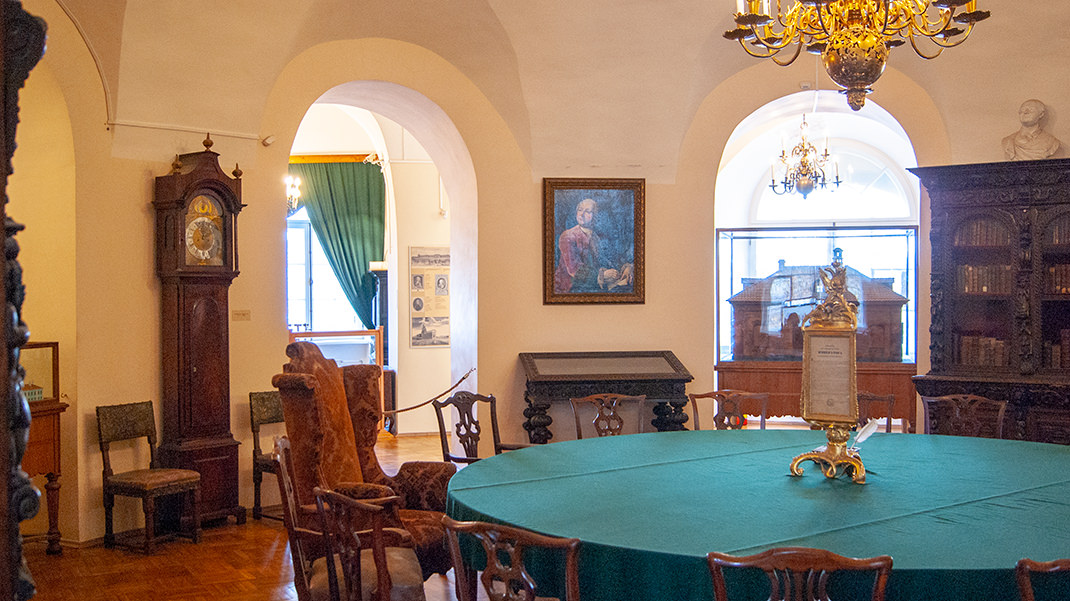
As the collection grew, the need for a more spacious location became apparent. In 1718, construction of a new building on the Neva River began, which is the one we know today. Notably, during this time, the Kunstkamera was temporarily located in the Kikin Mansion, mentioned in our article on the Smolny Cathedral.
The new building housed all existing exhibits at the time, including an anatomical theater, an observatory, and the Gottorp Globe. Some rooms were occupied by the Academy of Sciences, where Mikhail Lomonosov worked. In the 19th century, the Kunstkamera was divided into several museums: Ethnographic, Zoological, Botanical, and Mineralogical.


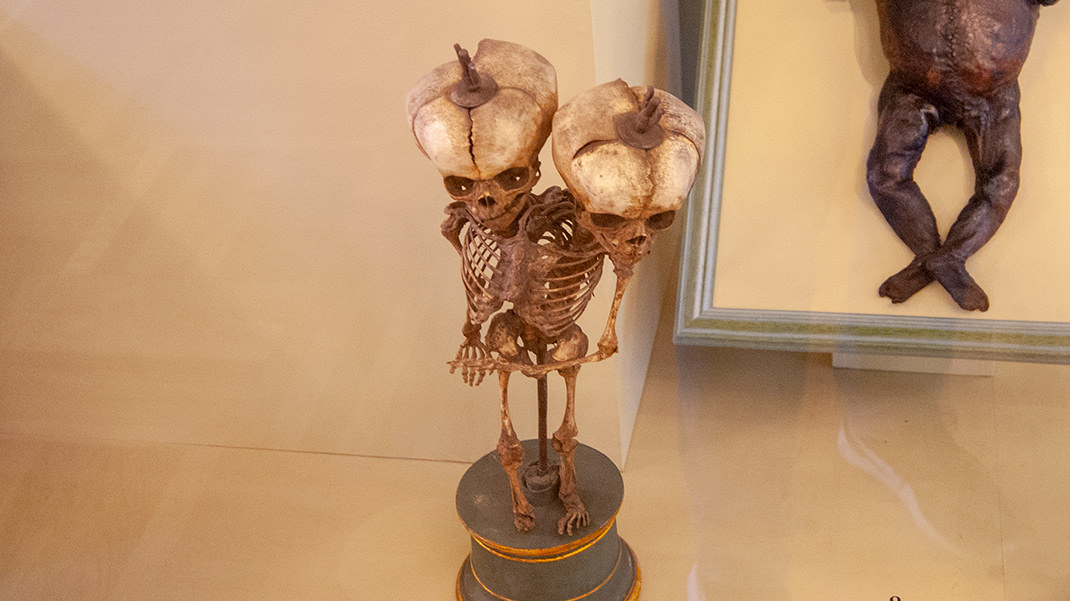
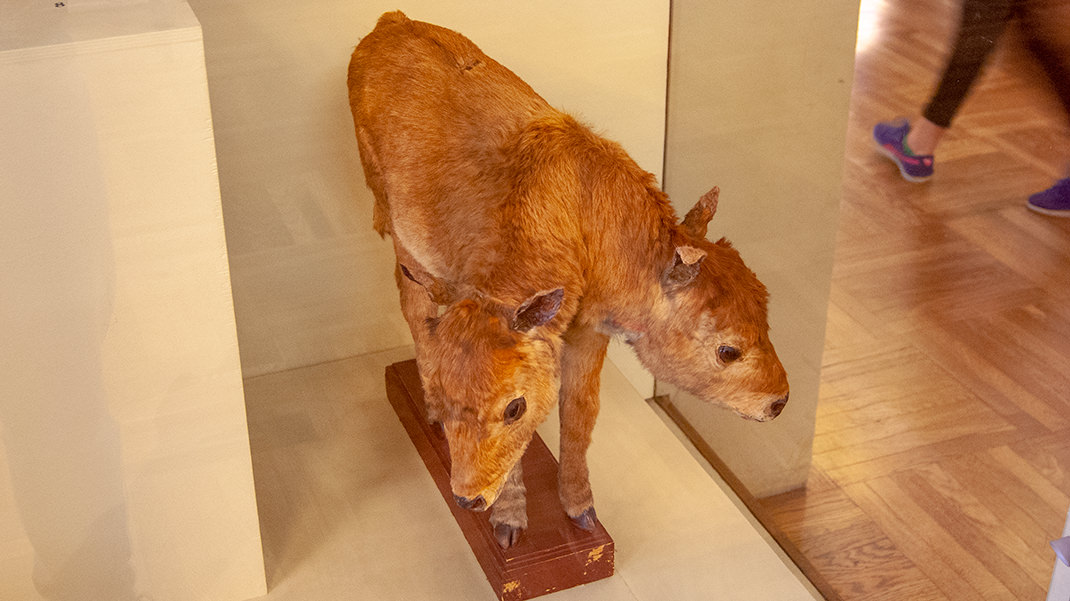

An armillary sphere, symbolizing a model of the solar system, is mounted on the roof of the Kunstkamera. This symbol of science gradually became an unofficial symbol of St. Petersburg. The original sphere was damaged in a 1747 fire, and a replacement was installed in 1948–1949, which was again replaced in 1993.
What to See
The museum boasts a vast collection of exhibits from various corners of the world. Key exhibits include:
- “North America”;
- “Latin America”;
- “China, Mongolia, Korea”;
- “India, Indonesia”;
- “Africa South of the Sahara”;
- “Near and Middle East”;
- “Indochina”;
- “Japan”;
- “History of the Kunstkamera Building”;
- “The First Natural Science Collections of the Kunstkamera”;
- “M. V. Lomonosov and the Academy of Sciences of the 18th Century”;
- “The First Astronomical Observatory of the Academy of Sciences”;
- “The Gottorp (Great Academic) Globe”.
The last two halls can only be visited by prior appointment with a guide.
Of special interest is the collection of rarities — embryos with various abnormalities and taxidermied animals. This unique collection has contributed significantly to the museum's fame.
Each thematic hall tells the story of a specific country or continent. During a tour, you can see a traditional Mongolian yurt, a model of a Bengali village, or, for example, a Mexican skull painted pink.
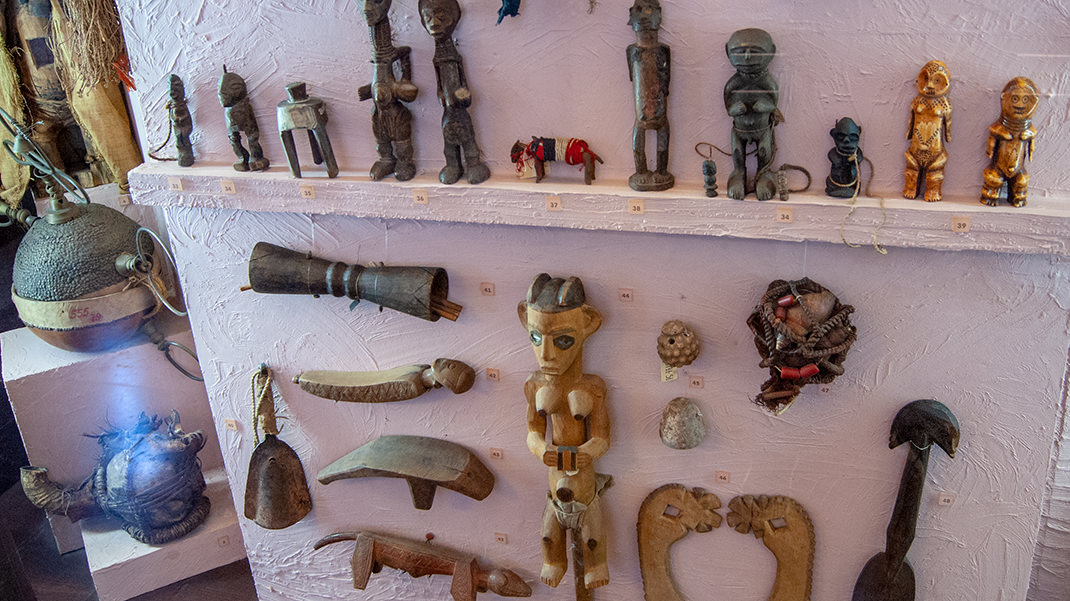
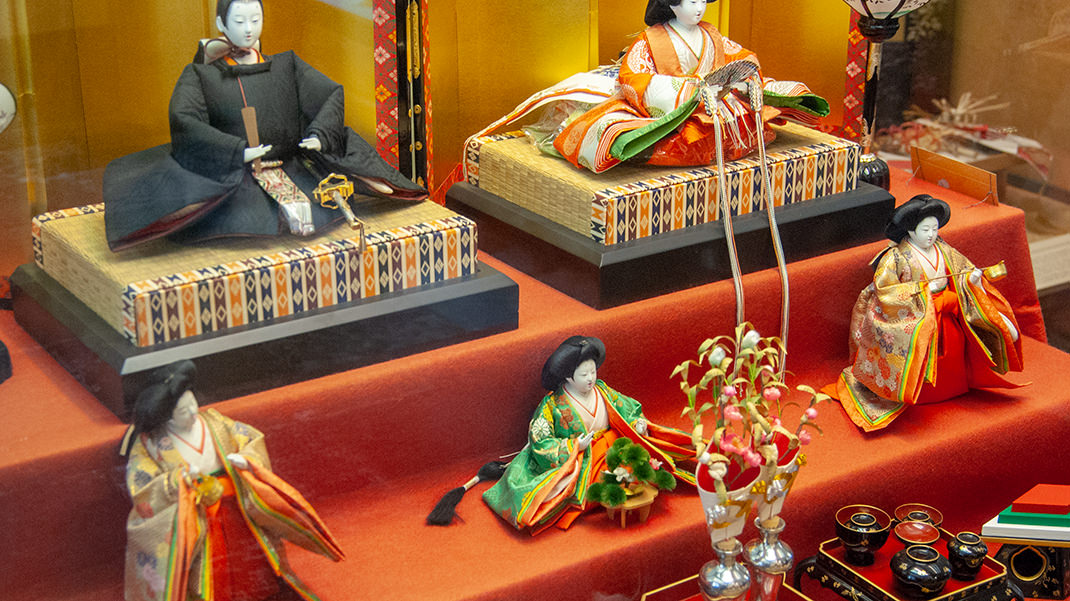


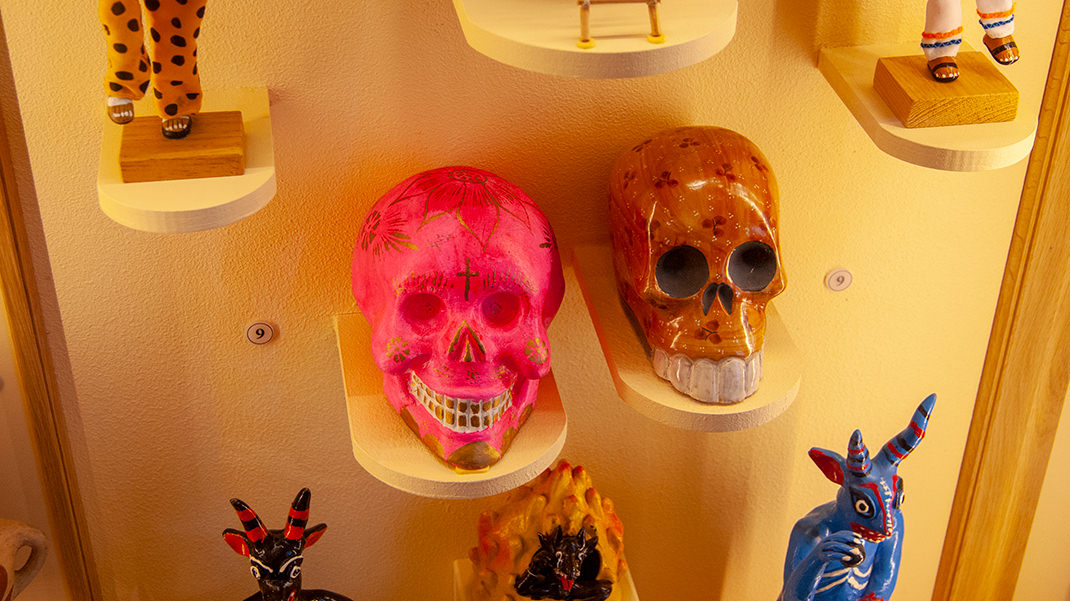
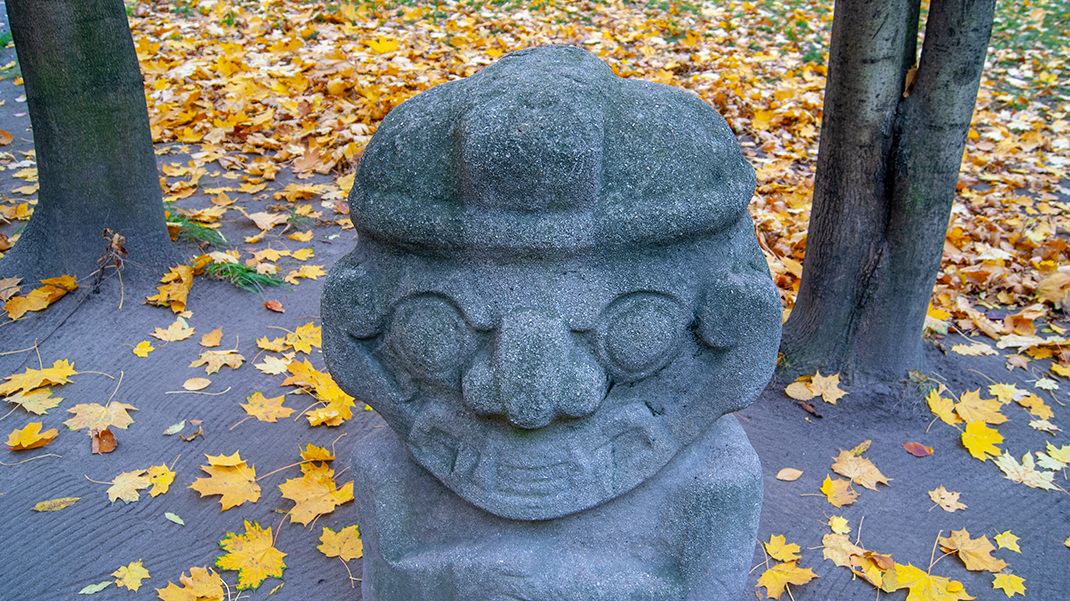
If you have enough time, consider visiting the Zoological Museum alongside the Kunstkamera. If time is short, take a walk along the Spit of Vasilyevsky Island or visit the Peter and Paul Fortress, where you can enjoy a beautiful view of Palace Embankment from the Nevsky Gate. Thanks to its design, the southern shore of the fortress is usually sheltered from the wind, despite its proximity to the river.
In summary:
- A great museum with an extensive collection;
- Convenient location in the city center, close to major attractions;
- Free admission day for individual visitors is the third Thursday of the month from September to April.



